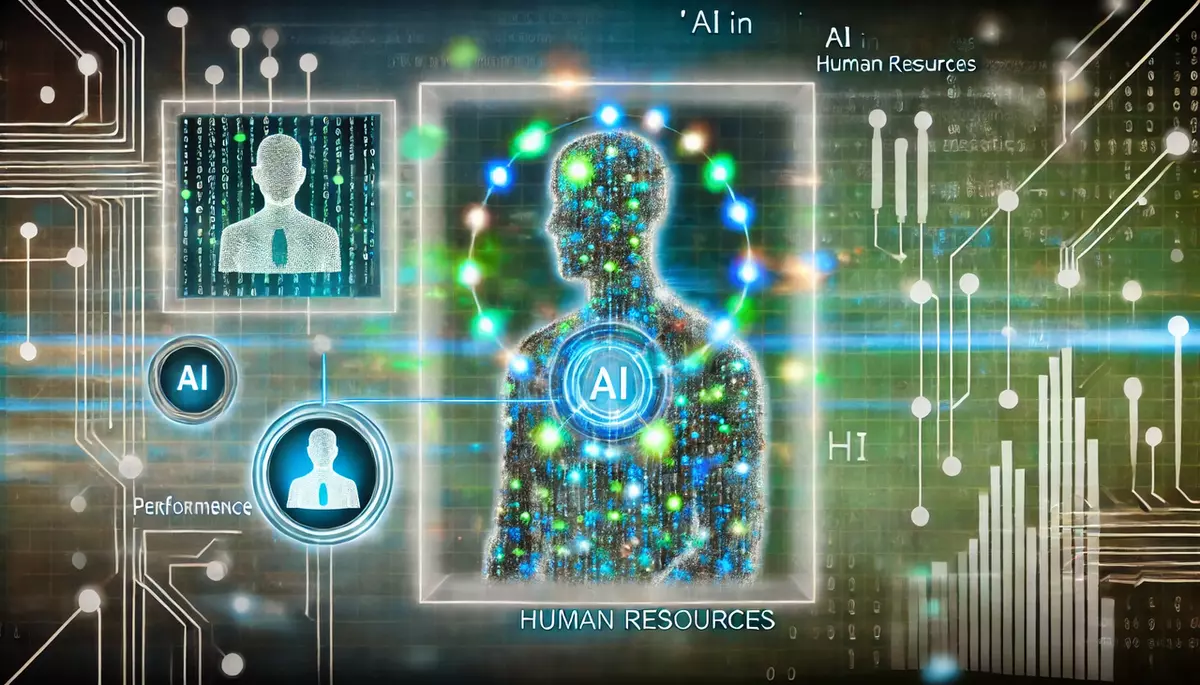Introduction
Data mining is the process of extracting valuable insights and patterns from large datasets. It involves the application of various techniques and algorithms to uncover hidden relationships, trends, and anomalies that can inform decision-making and drive business success.
What is Data Mining?
Data mining is a multidisciplinary field that combines elements of statistics, machine learning, and database management. It enables organizations to leverage their data assets to gain a competitive advantage, improve operational efficiency, and make more informed strategic decisions.
Key Characteristics of Data Mining:
- Automated Discovery: Data mining uses algorithms and techniques to automatically identify patterns and relationships within large datasets, without the need for manual analysis.
- Predictive Modeling: Data mining can be used to develop predictive models that forecast future outcomes based on historical data.
- Exploratory Analysis: Data mining enables the exploration of data to uncover unexpected insights and generate new hypotheses.
The Data Mining Process
The data mining process typically involves the following steps:
Data Preparation:
- Data Collection: Gather relevant data from various sources, such as databases, spreadsheets, and external data providers.
- Data Cleaning: Clean and transform the data to address issues like missing values, outliers, and inconsistencies.
- Data Integration: Combine data from multiple sources into a unified dataset for analysis.
Data Exploration and Modeling:
- Exploratory Data Analysis: Analyze the data to identify patterns, trends, and relationships.
- Model Selection: Choose the appropriate data mining techniques and algorithms based on the problem at hand and the characteristics of the data.
- Model Training: Train the selected models using the prepared data.
Model Evaluation and Deployment:
- Model Evaluation: Assess the performance and accuracy of the trained models using appropriate metrics.
- Model Deployment: Integrate the validated models into the organization’s decision-making processes and systems.
Data Mining Techniques
Data mining employs a variety of techniques to extract insights from data, including:
Supervised Learning:
- Classification: Predicting the class or category of an object or observation.
- Regression: Predicting a continuous numerical value based on input variables.
Unsupervised Learning:
- Clustering: Grouping similar data points together based on their characteristics.
- Association Rule Mining: Identifying relationships and patterns between different data items.
Other Techniques:
- Anomaly Detection: Identifying unusual or outlier data points that deviate from the norm.
- Dimensionality Reduction: Reducing the number of features or variables in a dataset while preserving the essential information.
Applications of Data Mining
Data mining has a wide range of applications across various industries, including:
Business and Finance:
- Customer Segmentation: Identifying distinct customer groups with similar characteristics.
- Fraud Detection: Identifying fraudulent activities and patterns in financial transactions.
Healthcare:
- Disease Prediction: Predicting the likelihood of individuals developing certain diseases.
- Drug Discovery: Identifying potential drug candidates and their effectiveness.
Retail:
- Recommendation Systems: Suggesting products or services based on customer preferences and behavior.
- Inventory Optimization: Optimizing inventory levels and supply chain management.
Challenges and Limitations of Data Mining
While data mining offers numerous benefits, it also faces several challenges and limitations:
- Data Quality: The accuracy and completeness of the data can significantly impact the reliability of the insights generated.
- Computational Complexity: Handling large and complex datasets can be computationally intensive, requiring significant resources and specialized expertise.
- Interpretability: Some data mining techniques, such as deep learning, can produce models that are difficult to interpret and explain.
- Privacy and Ethics: Data mining can raise concerns about privacy, data protection, and the ethical use of personal information.
Future Trends in Data Mining
The field of data mining is constantly evolving, with several emerging trends and advancements, including:
- Big Data and Cloud Computing: The increasing availability of large, diverse datasets and the scalability of cloud-based computing are driving the development of more advanced data mining techniques.
- Predictive Analytics: The use of data mining to develop predictive models that can forecast future events and trends is becoming increasingly important for strategic decision-making.
- Prescriptive Analytics: The integration of data mining with optimization and simulation techniques to provide recommendations and prescriptions for action is an area of growing interest.
- Automated Machine Learning: The development of tools and platforms that automate the data mining process, from data preparation to model selection and deployment, is making data mining more accessible to a wider range of users.
Conclusion
Data mining is a powerful tool that enables organizations to extract valuable insights from their data and make more informed decisions. By leveraging a variety of techniques and algorithms, data mining can uncover hidden patterns, predict future trends, and optimize business processes. As the volume and complexity of data continue to grow, the importance of data mining will only increase, making it a critical skill for organizations across all industries.
This knowledge base article is provided by Fabled Sky Research, a company dedicated to exploring and disseminating information on cutting-edge technologies. For more information, please visit our website at https://fabledsky.com/.
References
- Han, J., Kamber, M., & Pei, J. (2011). Data Mining: Concepts and Techniques. Morgan Kaufmann.
- Witten, I. H., Frank, E., & Hall, M. A. (2011). Data Mining: Practical Machine Learning Tools and Techniques. Morgan Kaufmann.
- Larose, D. T., & Larose, C. D. (2014). Discovering Knowledge in Data: An Introduction to Data Mining. Wiley.
- Provost, F., & Fawcett, T. (2013). Data Science for Business: What You Need to Know About Data Mining and Data-Analytic Thinking. O’Reilly Media.
- Hastie, T., Tibshirani, R., & Friedman, J. (2009). The Elements of Statistical Learning: Data Mining, Inference, and Prediction. Springer.


























